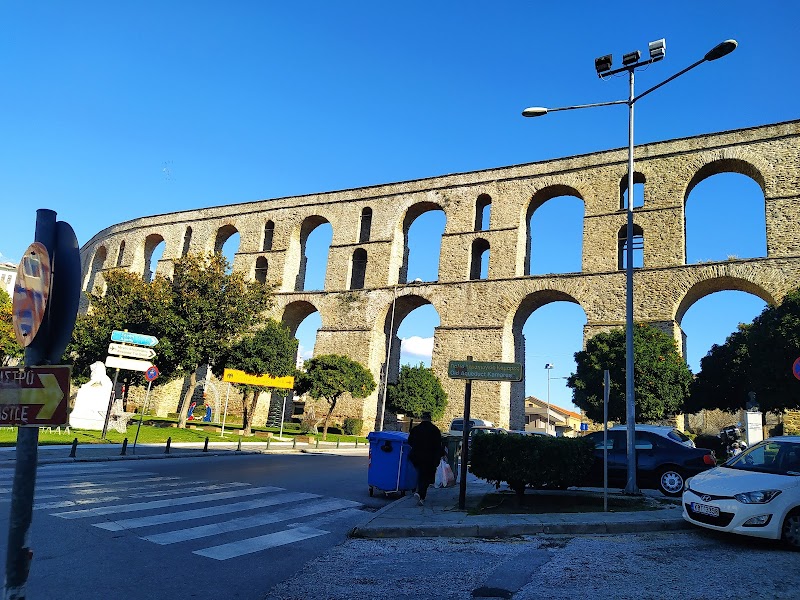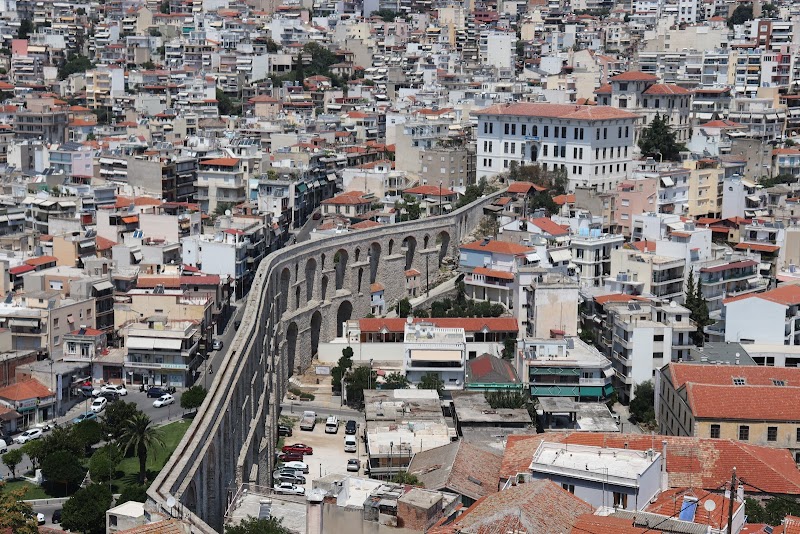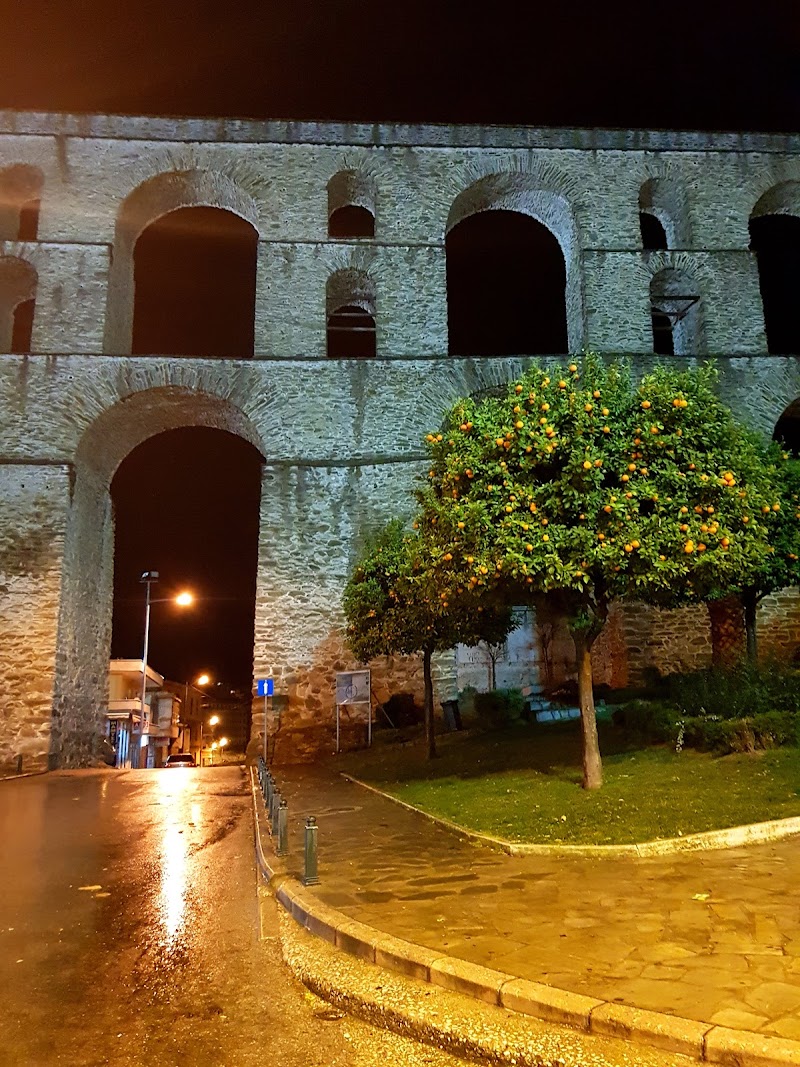Investors
Oops! Something went wrong while submitting the form.




For travelers planning a trip to Kavala, visiting the Aqueduct of Kavala is a must. It opens a window to activities in Kavala that beautifully blend history, culture, and scenic exploration. Walking along or near the aqueduct offers fantastic photo opportunities without the need for costly entrance fees, making it a cheap activity that is both enjoyable and educational. The aqueduct’s location is convenient, situated close to Kavala’s old town and the waterfront, making it easy to include in an itinerary alongside other things to do in Kavala.
Aside from its historical importance, the area around the aqueduct is vibrant with life. Nearby cafes and local shops add to the experience, creating a well-rounded day out for visitors who appreciate budget-friendly activities. Whether you’re someone who enjoys wandering through architectural sites, or you’re more inclined to explore local culture amidst scenic views, the Aqueduct of Kavala suits various preferences and provides a unique activity in Kavala without straining your travel budget.
For frequent travelers and explorers interested in uncovering hidden gems and iconic landmarks alike, this aqueduct is a remarkable stop. It offers a tangible connection to the past while allowing you to enjoy the charm of a coastal city in northern Greece. When flying into Kavala for your adventure, the aqueduct’s proximity to the city center means less time commuting and more time soaking in the landscape and atmosphere. Plus, with a range of cheap flights available to Kavala, budgeting for your visit becomes all the easier.
In summary, the Aqueduct of Kavala stands as an impressive yet accessible historical attraction offering plenty of scope for cheap activities in Kavala. It fits perfectly into any traveler’s list of things to do in Kavala, blending educational exploration with natural beauty and urban charm. Those relying on an AI Travel Agent or a Trip Planner App to map out their itinerary can consider this site a convenient and enriching part of their travel plans. Whether you are a seasoned traveler or a first-time visitor looking for budget-friendly activities, the Kamares aqueduct delivers a memorable experience that highlights the enduring cultural tapestry of Greece.